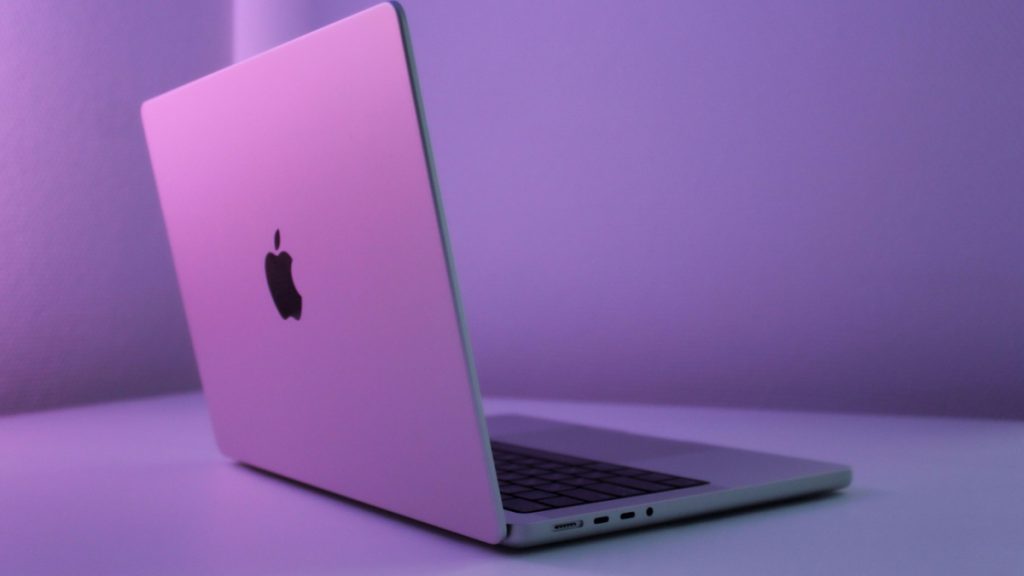
Macs look the same. The screen size may differ, but all the models come in the same color options: Space Grey or Silver. You can add your creativity to change the exterior of your Mac, such as using laptop skins or stickers. But have you thought about how you can change the way your Mac behaves? Or how the desktop looks?
If you’ve always thought customizing Mac’s appearance is challenging or impossible, prepare to be proved wrong. Although you cannot play around with vital system settings, there are lots of other settings waiting to be personalized. Here’s a customization guide for Mac users. Let’s go.
Modify the Lock Screen Icon
The lock protects your system from unwanted access. Besides keeping your files and documents safe, the lock screen makes it fun to log back into your Mac because it can be personalized.
So, how to change lock screen icon on Mac? You can change the login screen image by going to: System Preferences > Users & Groups > click on the padlock icon and enter the password > choose the user account > click the user icon to edit it > you can set an emoji, memoji, picture from your camera, monogram or picture from your Photo Library > click Save.
Set a Memoji as The Login Avatar
If you don’t want to be greeted by a static selfie whenever your Mac boots up, you can set an animated emoji or Memoji as your login avatar. These icons are exciting because they respond to whatever you will do on the lock screen. For instance, if you mistype a password, it will shake its head, and if you are away for too long, the character will doze off.
Go to System Preferences > Users & Group > hover over the login image > click Edit. Then, from the Memoji tab, pick a new animated avatar for your lock screen. Also, you can click the plus button and create a Memoji that looks like you.
Create Custom Focus Modes
Focus is a feature in macOS that lets you keep distractions at bay. It is a nifty feature that lets you control which alerts and notifications will reach you so you can focus on your tasks.
This feature is also available on iPhone and iPad. If you already have Focus modes set up on your iPad or iPhone, sync the settings, and the same will apply to your Mac.
On your Mac, you can set up Focus by navigating to System Preferences > Notifications & Focus > Focus > select a pre-made Focus mode or create a custom one. Then, start choosing the notifications from certain apps and people that you want to allow. Also, you can set a schedule for when your Focus will turn on and off automatically.
Use a Theme for the Cursor
Throughout generations of updates, macOS has had a black cursor. You can refresh the color scheme by choosing a custom color for the pointer and its outline.
Head to System Preferences > Accessibility > Display section > Pointer tab > set a new fill color and outline from the options. Also, you can shrink or enlarge the cursor size.
Use Dynamic Wallpapers
Dynamic wallpapers adapt according to the time of the day, but you do not need to restrict yourself to the default bundles provided by Apple. You can create custom dynamic wallpapers to suit your preferences.
You can use apps like Dynaper and install them on your Mac. Such apps are created to help you create dynamic wallpapers.
Personalize Spotlight Searches
Spotlight is an in-built macOS tool that lets users search for everything and anything on the Mac. If you typically search for items from the same destination, you can choose where you want Spotlight to search. By doing so, you can reduce wrong hits and make your searches more efficient.
Head to System Preferences > Spotlight > choose the locations you want the tool to search for your queries.
Make the Interface Less Transparent
After the macOS Big Sur update, Apple has made significant changes. One of which is causing several macOS elements to be translucent to match the backdrop of the desktop, such as the menu bar and the dock. Of course, you can return the old macOS look if you prefer.
Navigate to System Preferences > Accessibility > Display > Reduce Transparency > enable the Increase Contrast option for a retro theme with sharp and bold borders.
Change the System Sounds
You can extend your personalization efforts to customize system sounds. You can pick a different voice in System Preferences > Accessibility > Spoken Content > System Voice. The system alert sounds can be customized by selecting the Sound Effects option.
You can also make your Mac announce the time at specific intervals. Head to System Preferences > Control Center > click the Clock option in the Menu Bar Only section.
The Bottom Line
Follow this guide to customize your Mac system. If you have more suggestions or tricks to share, comment below.
Inside Telecom provides you with an extensive list of content covering all aspects of the tech industry. Keep an eye on our Tech sections to stay informed and up-to-date with our daily articles.